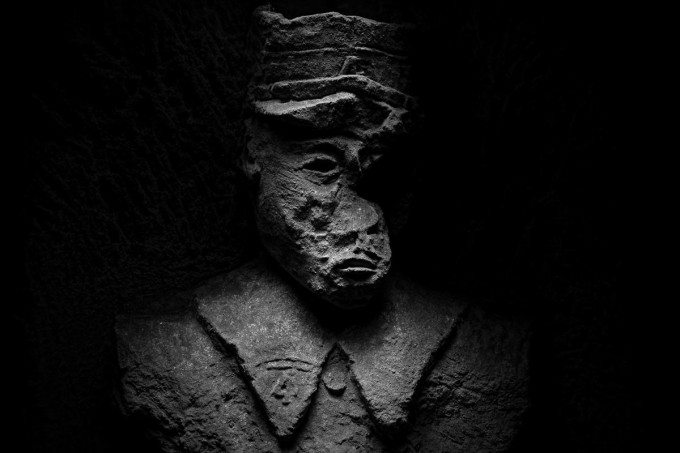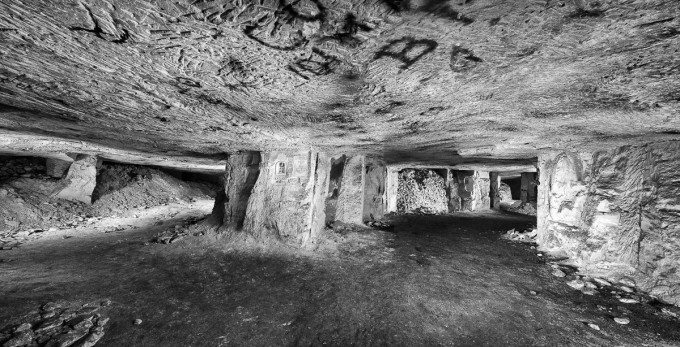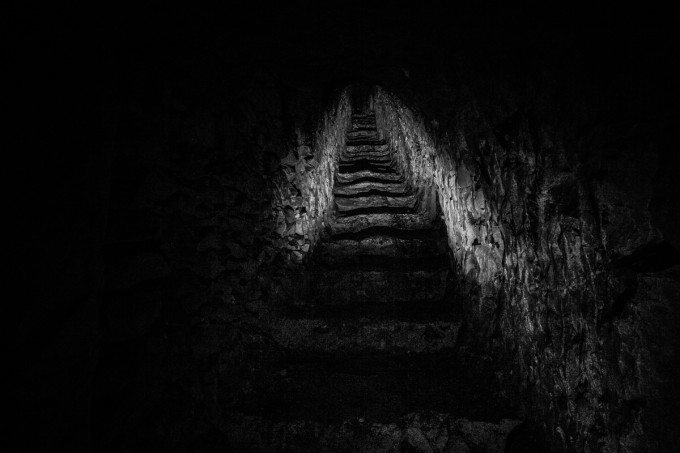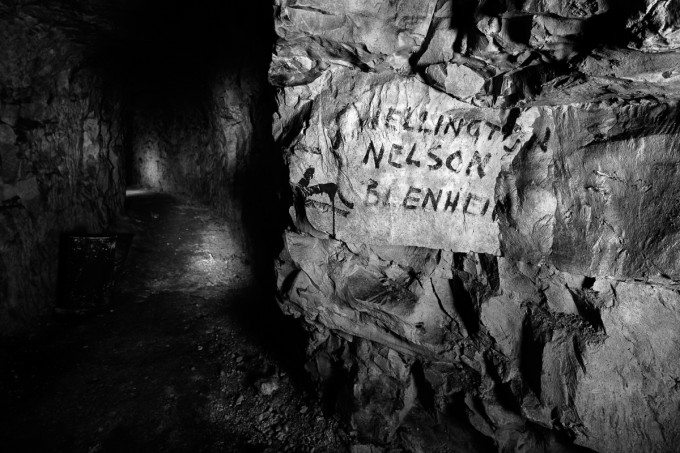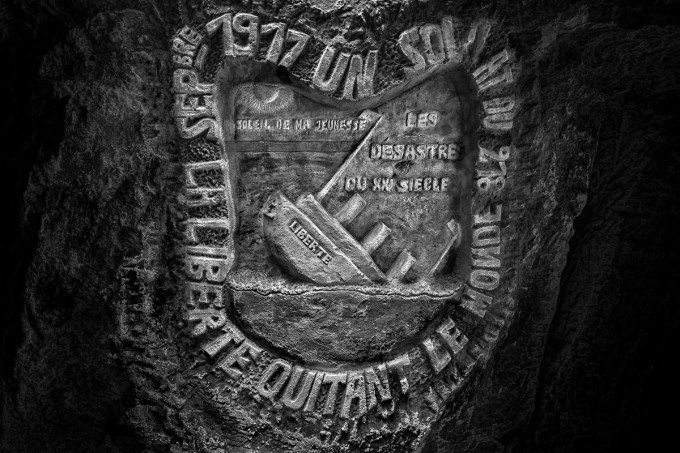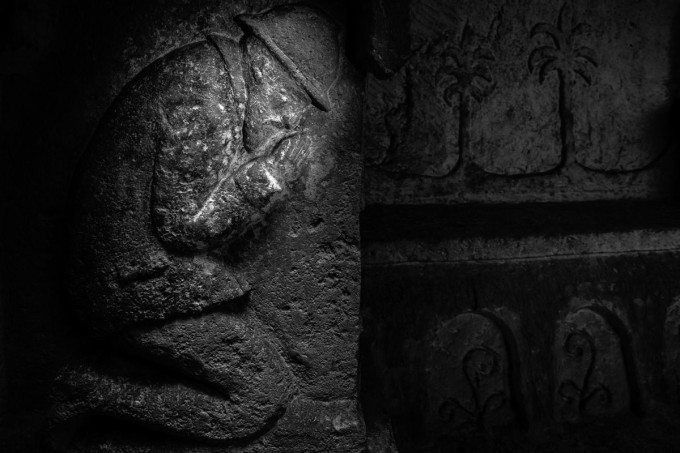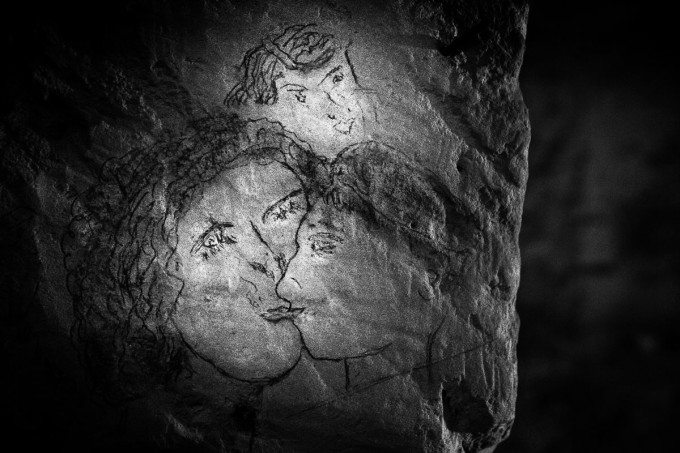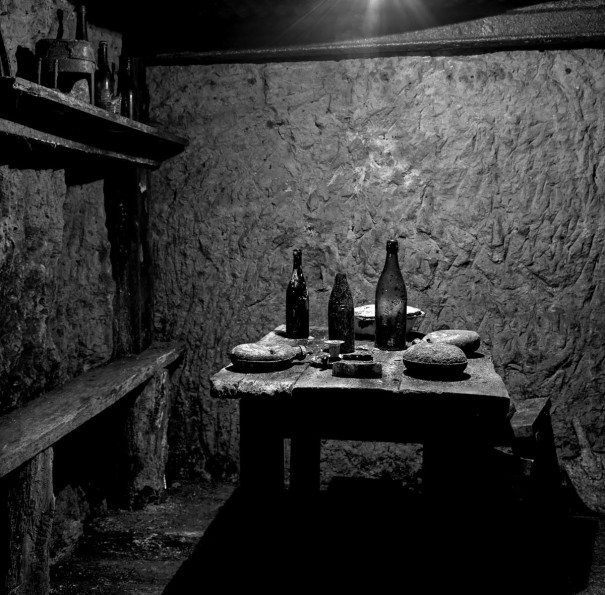Last Updated on 07/14/2014 by Chris Gampat
All images by Jeff Gusky. Used with permission.
Beneath WWI France, rock quarries were turned into underground cities by soldiers on both sides of the war–which was a result of trench warfare. For many years, they were largely unknown and forgotten by the world. Recently, photographer Jeff Gusky captured these cities in his latest series called “The Hidden World of WWI.” The areas were known to locals and private land owners for many years but were heavily guarded to prevent vandalism and theft. Agreeing with the locals to help safeguard the area and bring awareness to it, Gusky was allowed to photograph the ruins.
As a result, Jeff shot thousands of images of the cities–which contained rail systems, art, and lots more that had otherwise never been seen by many people. “I found a world frozen in time…notes to loves ones…” says Jeff. “I found evidences of people living day to day.”
Jeff found chapels, a synagogue, several large theatres, etc in the six months that he spent exploring the region. He stumbled upon the spot through networking in the region. When he travelled inside the caverns, he was completely awestruck. The often treacherous work was performed in complete darkness and sometimes required him to crawl on hands and knees through tight spaces, over jagged rocks, and to lean down over ledges, balancing his camera in one hand. Additional perils in the form of unexploded hand grenades and live artillery shells were common.
According to a press release, “Gusky found thousands of works of art, graffiti and inscriptions by German, French, British, American, Canadian, Polish, Hungarian, Australian, New Zealand, Chinese, African and even New Zealand Maori soldiers, among others. In at least one instance, it was clear that three different armies had occupied the same underground city over the course of the war.”
Below is his interview and more photos.
The Hidden World of WWI from Jeff Gusky on Vimeo.


